VietGAP standard is one of the standards for assessing the quality and ensuring food safety for agricultural products. Besides the standard VietGAP production models, which bring high economic benefits and values, in many places, VietGAP has not yet become a mandatory standard for safe agricultural products.

Doing VietGAP triples profit
In recent years, in Lai Chau province, VietGAP agricultural production models have been replicated in all three sectors: cultivation, livestock, and aquaculture. A typical example is the family of Mr. Mua A Pao in Ho Ta village (Ta Mung commune, Than Uyen district) who planted 7,000m2 of tea since 2017. After 3 years of care, the tea began to yield; the yield increased every year.
However, due to the lack of investment in fertilizer, tea productivity was not high, earning only 2 million VND per month from selling fresh tea buds. At the end of 2023, with the support of district and commune officials, Mr. Pao's family actively took care of tea according to VietGAP. As a result, productivity and output of tea buds increased; economic value was 3 times higher than traditional farming methods.
According to data from the Ministry of Agriculture and Rural Development, to date, there are 225,620 hectares of crops certified by VietGAP with 16,061 certified establishments and enterprises (an increase of 8,523 hectares and 2,013 establishments compared to the end of 2023); the area of aquaculture certified by VietGAP is 10,998 hectares with 759 certified establishments (an increase of 1,631 hectares compared to the same period in 2023); 4,135 farms and livestock households are certified by VietGAHP (a decrease of 747 farms and livestock households compared to the same period in 2023). Thereby, it has contributed to ensuring food safety and strengthening the trust of domestic and foreign consumers.
Mr. Pao excitedly shared: My family's tea and that of other households in the village were recognized as meeting VietGAP standards in early 2024. Since switching to this model, my family has been very happy, earning more than 11 million VND per month (excluding expenses). Every month, commune and district officials come to visit and guide the care, disease prevention, and harvesting processes to meet standards. In addition, when participating in this model, my family is supported with biological drugs, a portion of fertilizer, and most importantly, we are assured of stable output, with companies joining in to guarantee consumption.
Currently, Lai Chau province has 13 VietGAP certified cultivation facilities with a total area of over 112 hectares (64 hectares of rice, 10.5 hectares of tea and 12.3 hectares of various vegetables and fruits, 25.3 hectares of fruit trees); 3 aquaculture facilities certified by VietGAP; 2 livestock facilities certified by VietGAP. Typical examples include: Cooperative group for rice production and consumption of Japonica rice products in Nga village (Muong Than commune, Than Uyen district); Cooperative group for production of Le VietGap Nung Nang (Tam Duong district); Trong Nghia One Member Co., Ltd. (Tan Uyen district)... In addition, the province also has 3 organic certified cultivation facilities with 25.6 hectares (23.6 hectares of tea, 2 hectares of ginseng); 1 RA certified cultivation facility with 125.57 hectares of tea.
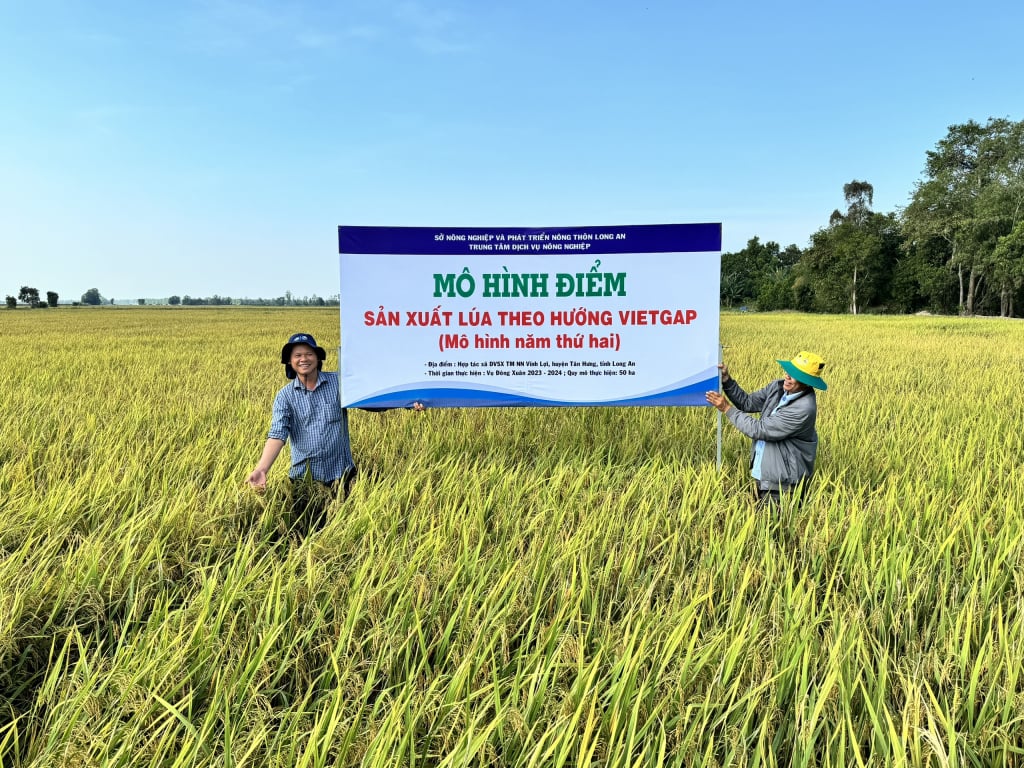
VietGAP rice farming model in Tan Hung district, Long An province. Photo: NT
According to the assessment of Lai Chau agricultural sector, the selling price of products produced according to VietGAP standards is 10-20% higher than that of conventional production. In particular, the products always have a large consumption market not only in the province but also by consumers in other provinces and cities.
Increase value thanks to VietGAP
The family of Mrs. Nguyen Thi Ngo, An Loc village, Trung An commune (Vu Thu - Thai Binh) has 3 sao specializing in growing lettuce, salad, mustard greens, herbs... For the past 2 years, Mrs. Ngo, like many households in the village, has switched from traditional farming to applying VietGAP processes to improve product quality and value.
Ms. Ngo said: Produced according to VietGAP standards, the entire process of caring for plants, from the seedling stage, planting, fertilizing, using biological pesticides to harvesting, is all recorded in my family's diary. In particular, I switched to using biofertilizers to completely replace manure, which is clean, does not pollute the environment, and saves labor; the vegetables are beautiful and strong.
Trung An commune currently has more than 40 hectares of specialized vegetable cultivation. On the same area, people rotate short-term vegetables to supply the market all year round. In addition to traditional farming methods, Trung An commune has built a production area according to VietGAP standards with an area of 10 hectares, thereby building the OCOP brand for 7 types of vegetables.
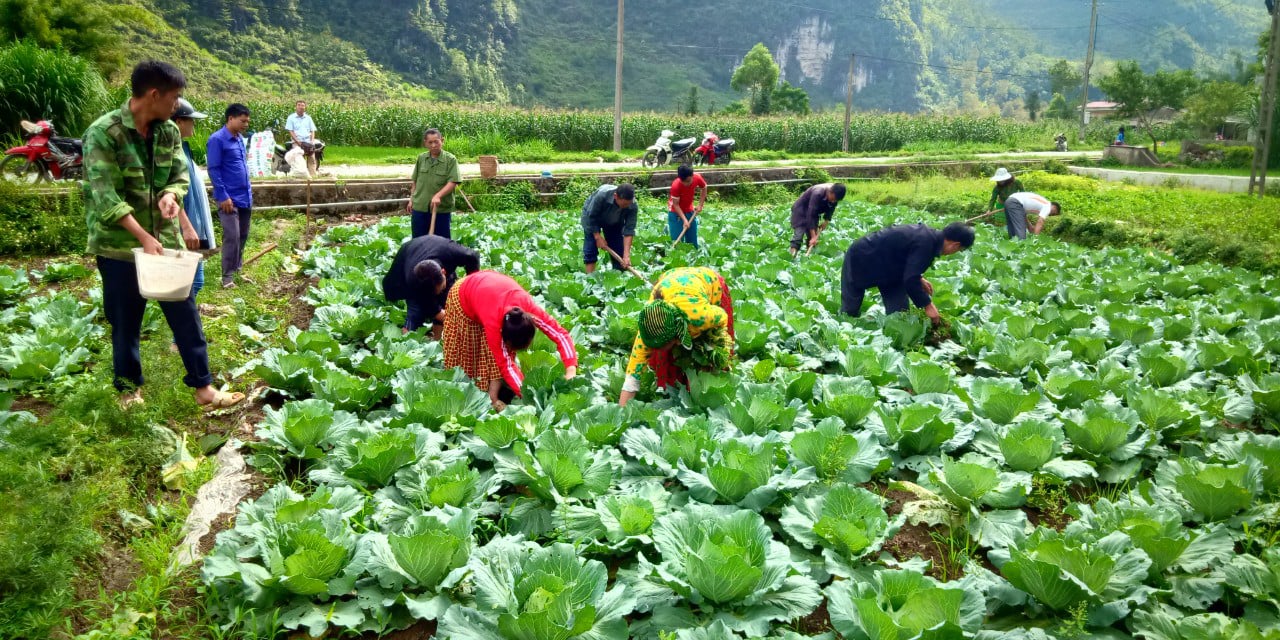
VietGAP is not difficult to implement, but compliance requires the support of the government, businesses and farmers. In the photo: Growing VietGAP vegetables in Pho Cao (Ha Giang). Photo: NT
Mr. Vu Van Thuan, Deputy Director of Trung An Green Agriculture Cooperative, said: Although the process of farming according to VietGAP standards is more complicated than traditional production, it creates safe products, from which the Cooperative builds its brand. Vegetables have labels and traceability, so their value is higher than mass-produced vegetables.
In the rice production field of Thieu Phuc commune (Thieu Hoa - Thanh Hoa), Thieu Phuc agricultural service cooperative and local people have put into large-scale production of Q5 rice variety according to VietGAP standards for many years. Mr. Trinh Tat Doi, one of the households with a large production area in Hoach Phuc village, said: "Currently, the production process according to VietGAP standards is quite familiar to the people; we know how to manage the fields such as recording production diaries, using the right type of fertilizer at the right time, and no longer littering pesticide bottles in the fields... In particular, the cooperative has applied drone technology to the pesticide spraying stage to help save labor costs and protect health". Therefore, the economic efficiency is 1.3 times higher than the old rice variety; the rice product has large, fragrant, and sticky grains, so it is also more favorable in attracting businesses to purchase the product".
According to Mr. Nguyen Van Tinh, Director of Thieu Phuc Agricultural Service Cooperative: "The farming method according to VietGAP standards has contributed to restoring the ecosystem in the fields and ensuring the health of producers. In addition, through the model, it helps people change their awareness and old farming practices and grasp the rice production process according to VietGAP, creating safe and quality products, and at the same time using fertilizers and pesticides in rice production scientifically". Therefore, not only in Thieu Hoa, the rice production area according to VietGAP standards is increasingly expanding in the province, such as the districts: Quang Xuong, Hoang Hoa, Ha Trung, Tho Xuan...
Tight control of VietGAP standards
In fact, the advantage of agricultural products produced according to VietGAP and GlobalGAP processes is that, in addition to enterprises, some cooperatives and people have also focused on applying science and technology, investing in building facilities for cultivation and farming according to VietGAP standards, thereby creating advantages in consumption channels as well as attracting many enterprises to cooperate in production and product consumption. Especially, products that meet these certifications will have many advantages in price as well as competitiveness on the journey to conquer the market.
However, compared to the scale of cultivation and livestock farming in the whole country, the area of crops and aquaculture and livestock farming that meet VietGAP standards is still quite modest. In particular, up to now, Vietnam has not had any regulations requiring supermarkets, shopping malls, or wholesale markets to sell VietGAP products, so the quality of products on the market is "mixed".
Meanwhile, to export products to demanding markets such as the US, Europe, Japan... Vietnamese agricultural products must currently meet a series of strict standards set by countries, most notably food safety and origin.
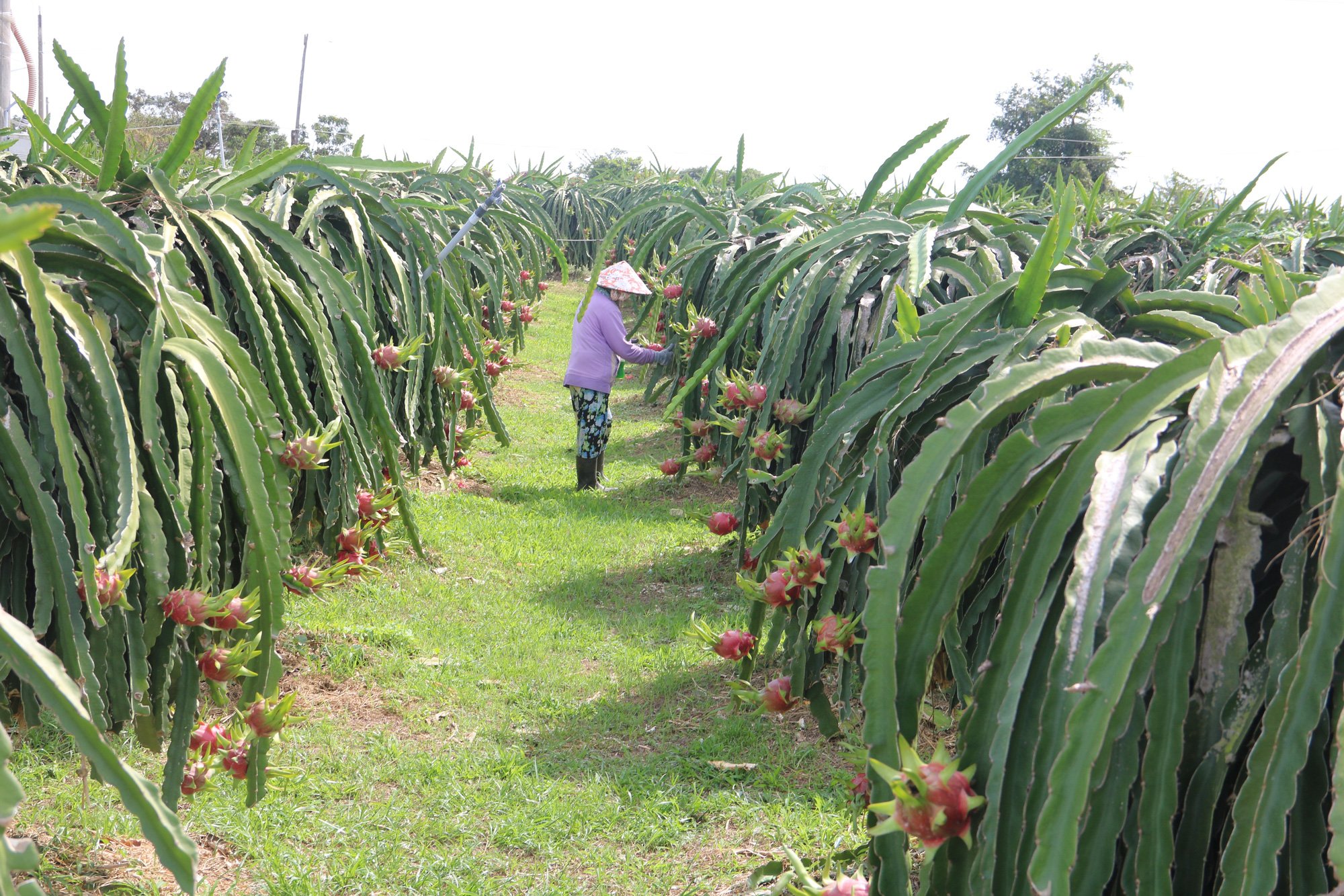
Many experts believe that authorities need to publicly and transparently announce the list of establishments that have achieved VietGAP certification to prevent poor quality products that do not ensure food safety. Illustrative photo.
For example, when exporting seafood products to the US market, businesses must clearly provide information about the farming area, the factory where the food is produced, whether the product meets hygiene and safety regulations, nutritional content and impurities in the product... or not? Exporting businesses must even ensure social security and a safe working environment for employees...
As for goods produced for domestic consumption, businesses are using VietGap or VietGAHP (good agricultural practices) standards as the highest measure to evaluate product quality. However, it is very difficult for consumers to access quality products like export goods, especially when most export businesses only focus on foreign markets.
Dr. Nguyen Thi Hong Minh - President of the Association for Food Transparency said that in the world, in addition to applying strict regulations, each supermarket selling food and agricultural products in that country also has its own set of criteria for each group of products. On the other hand, for vegetables, they sign contracts directly with farmers and have a monitoring team.
In Vietnam, the number of supermarkets that sign contracts directly with farmers to sell vegetables and products that meet VietGAP standards is still sporadic due to legal procedures. Supermarkets do not have enough resources to do this, so they often have to go through intermediaries, making quality control even more difficult.
From there, this expert believes that in order for consumers to choose quality agricultural and food products, the Ministry of Agriculture and Rural Development needs to review and more closely control the issuance of certificates of growing areas and food safety for agricultural products. After that, the authorities will publicly and transparently announce the list of establishments that have achieved VietGAP certification. These establishments will have to publicly disclose information, cultivation history, and transactions so that relevant units can grasp and closely control them.
In particular, ministries and branches need to study regulations to require supermarkets, shopping malls, wholesale markets, etc. to sell agricultural products that meet quality standards.
SPECIALIZED PAGE WITH THE COORDINATION OF MINISTRY OF AGRICULTURE AND RURAL DEVELOPMENT
Source: https://danviet.vn/can-quy-dinh-vietgap-tro-thanh-tieu-chuan-bat-buoc-khi-san-xuat-nong-san-20241120105635993.htm



![[Photo] 2nd Conference of the Party Executive Committee of Central Party Agencies](https://vstatic.vietnam.vn/vietnam/resource/IMAGE/2025/3/31/8f85b88962b34701ac511682b09b1e0d)

![[Photo] Speeding up construction of Ring Road 3 and Bien Hoa-Vung Tau Expressway](https://vstatic.vietnam.vn/vietnam/resource/IMAGE/2025/3/31/f1431fbe7d604caba041f84a718ccef7)
![[Photo] Prime Minister Pham Minh Chinh receives delegation of leaders of US universities](https://vstatic.vietnam.vn/vietnam/resource/IMAGE/2025/3/31/8be7f6be90624512b385fd1690124eaa)
![[Photo] General Secretary To Lam receives US Ambassador to Vietnam Marc E. Knapper](https://vstatic.vietnam.vn/vietnam/resource/IMAGE/2025/3/31/5ee45ded5fd548a685618a0b67c42970)
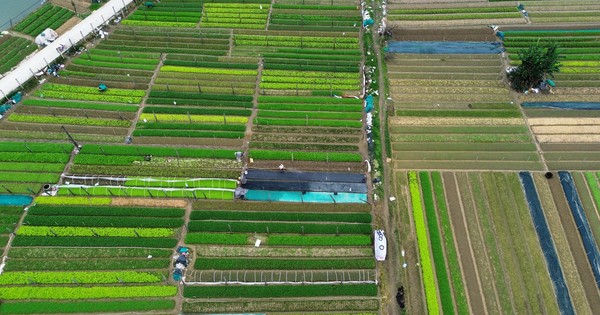

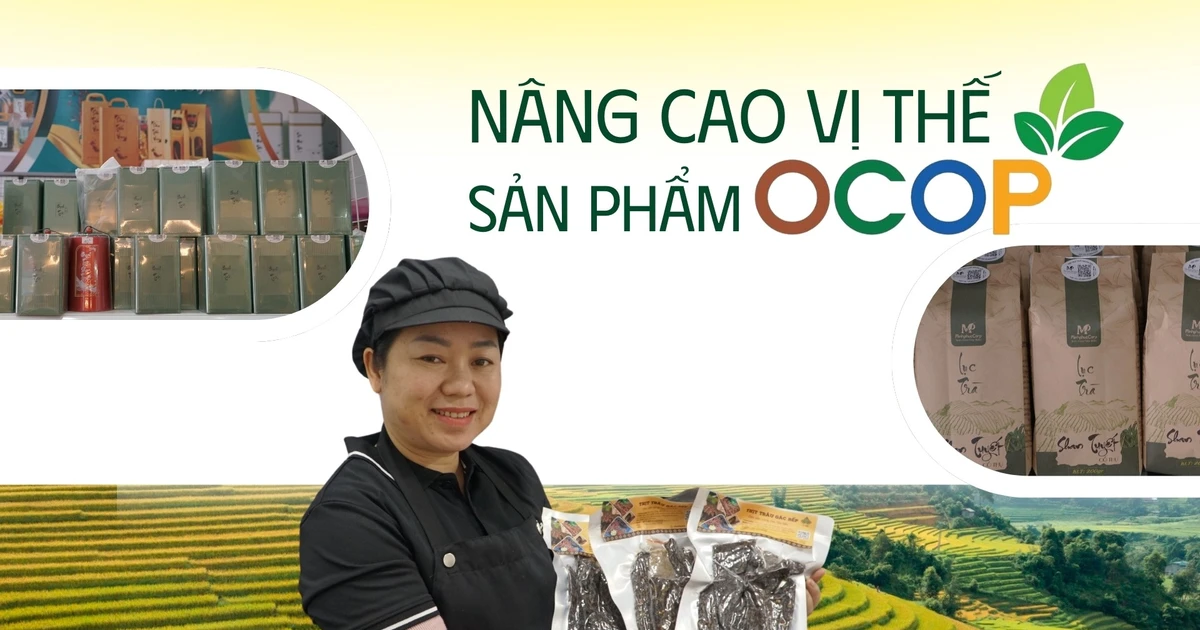

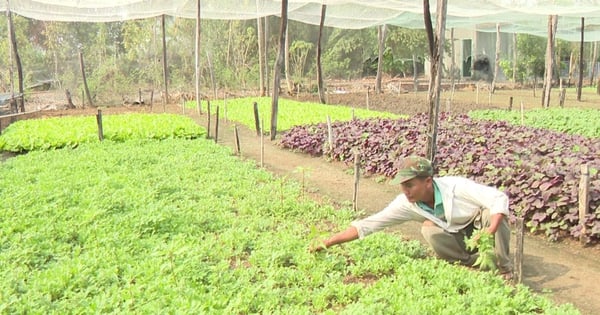
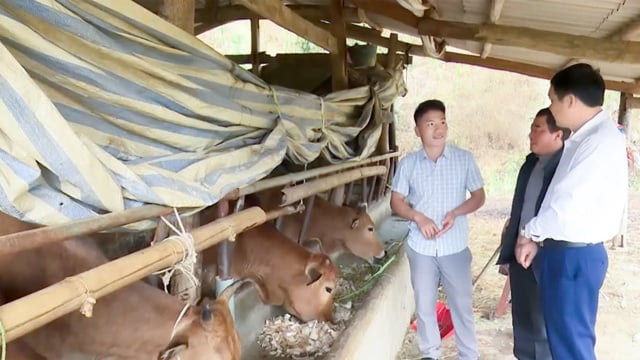

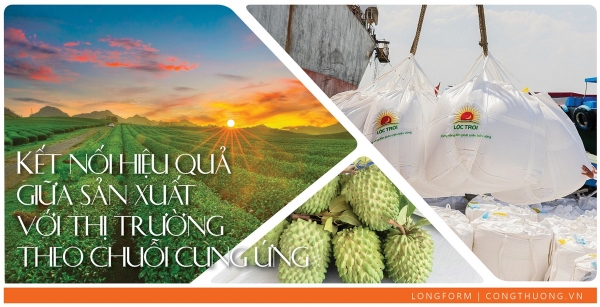

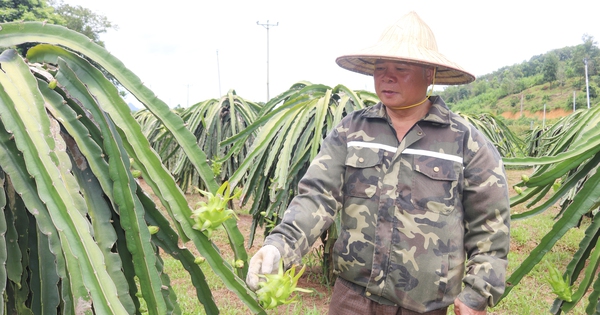
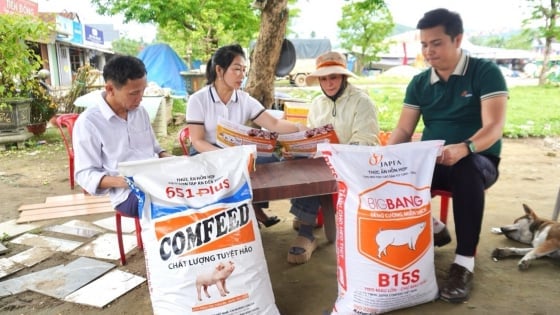
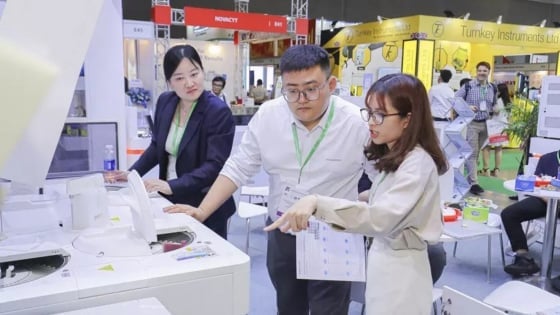

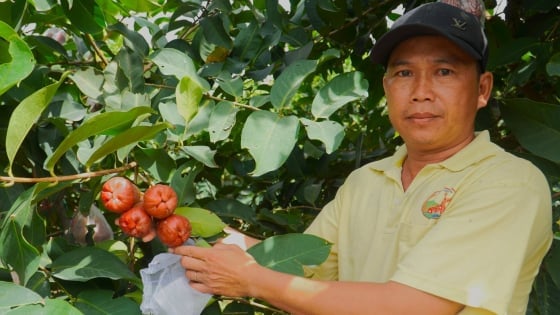
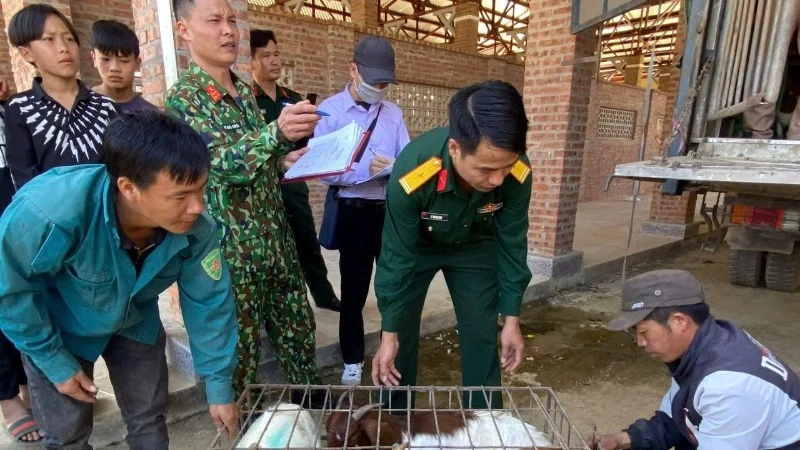
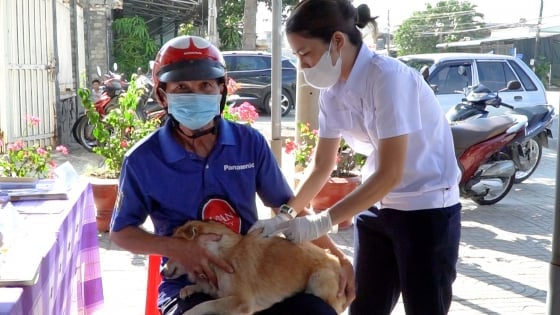





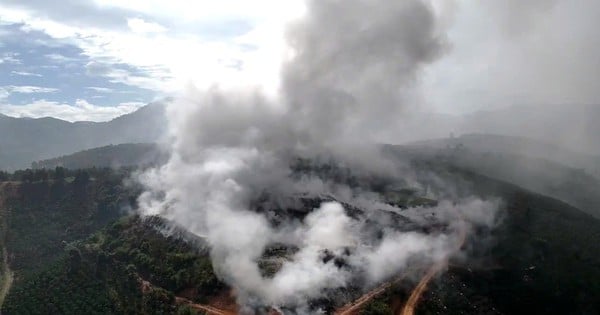

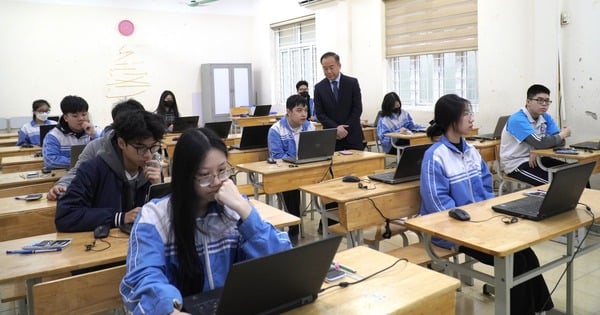
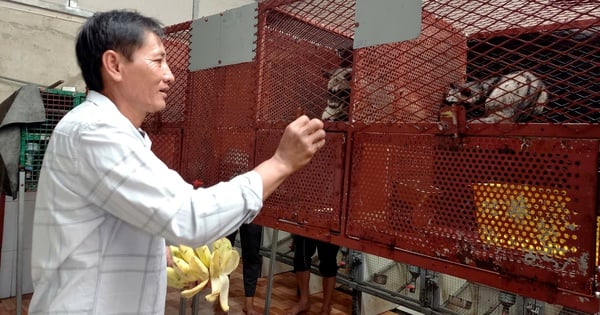

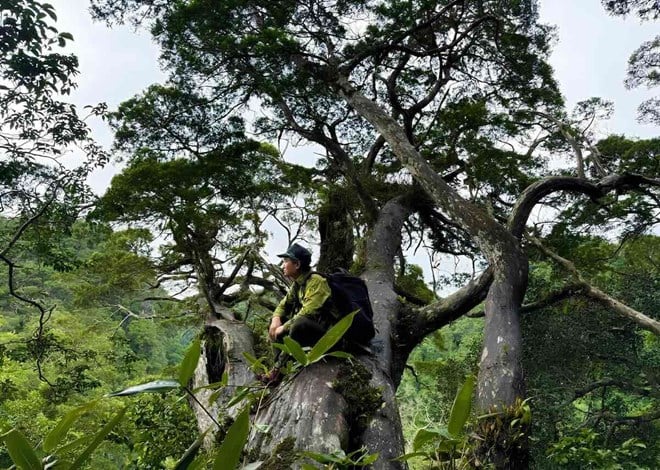

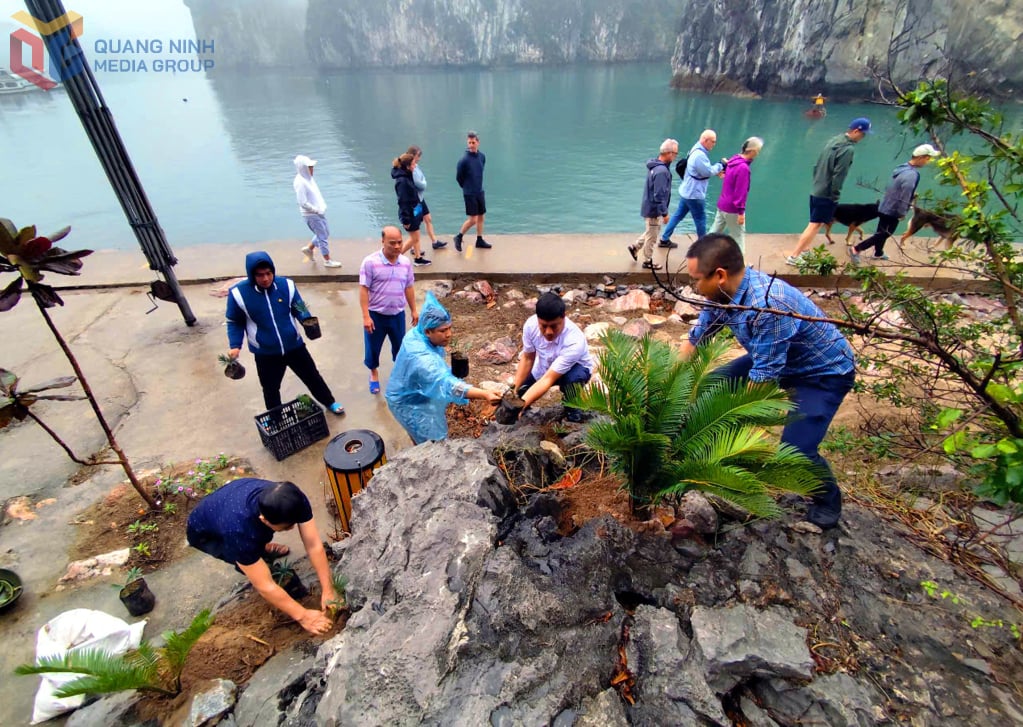

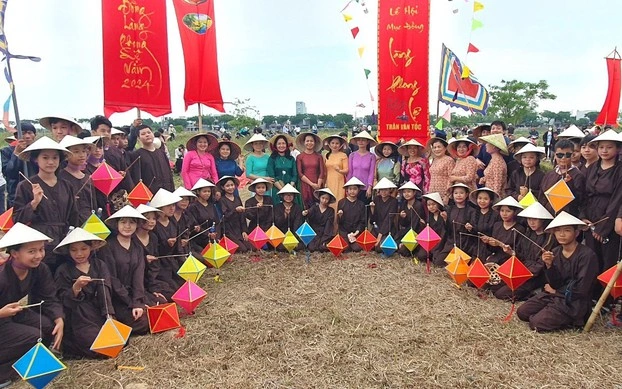




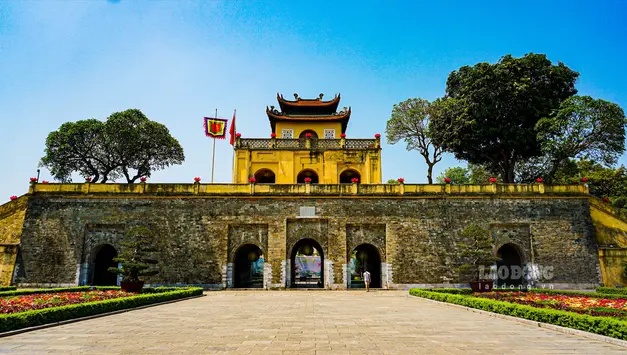

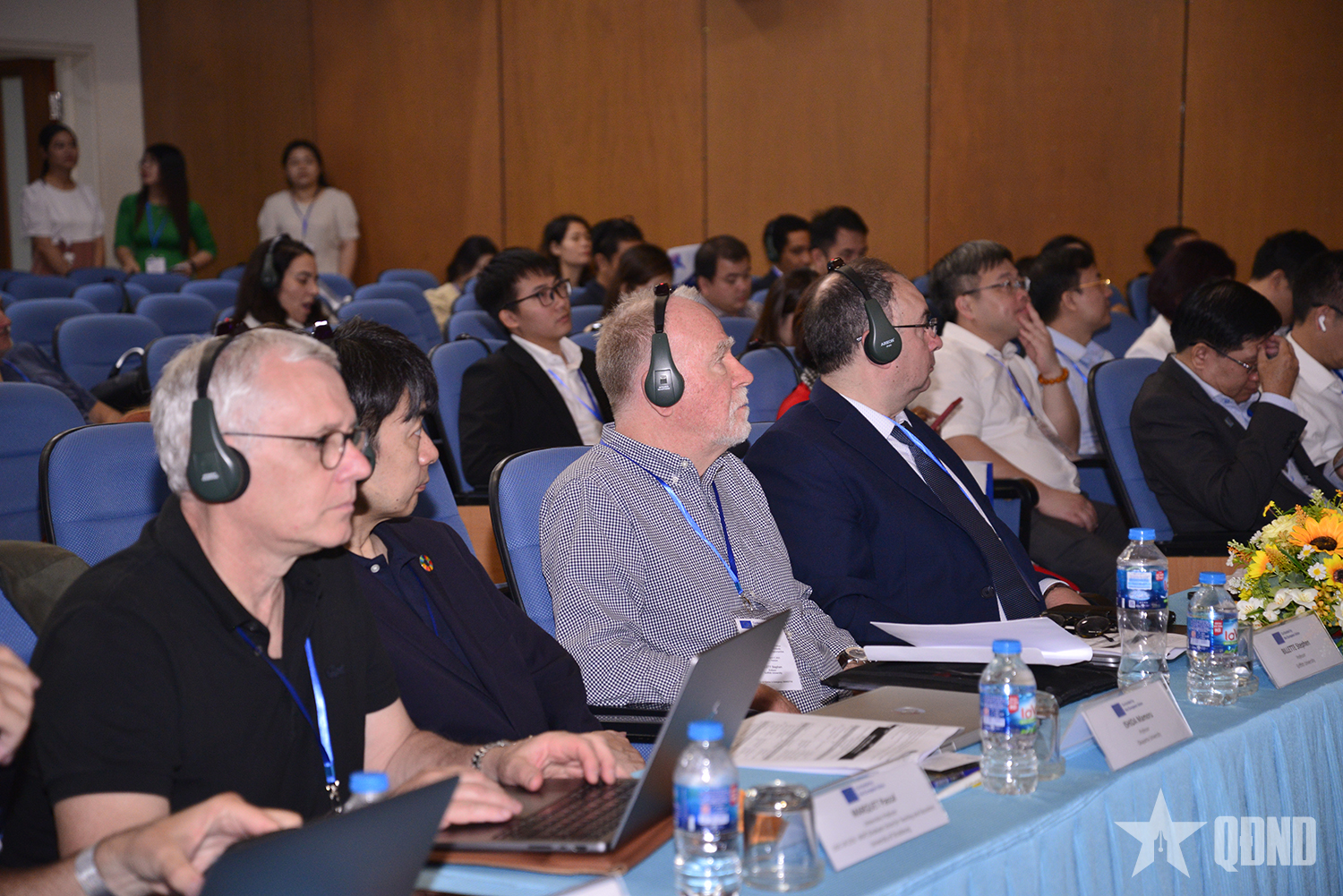




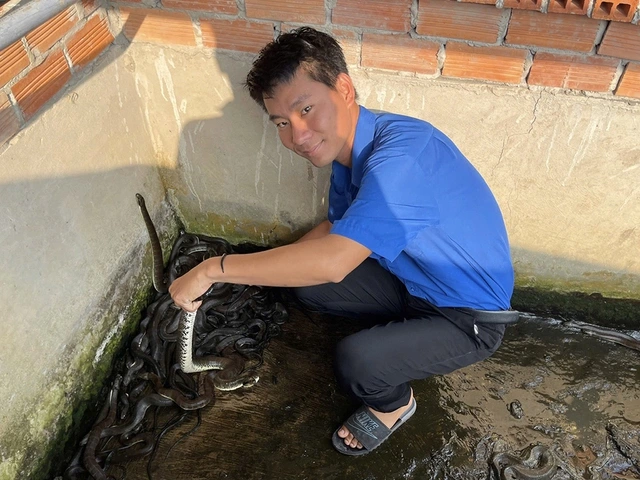


















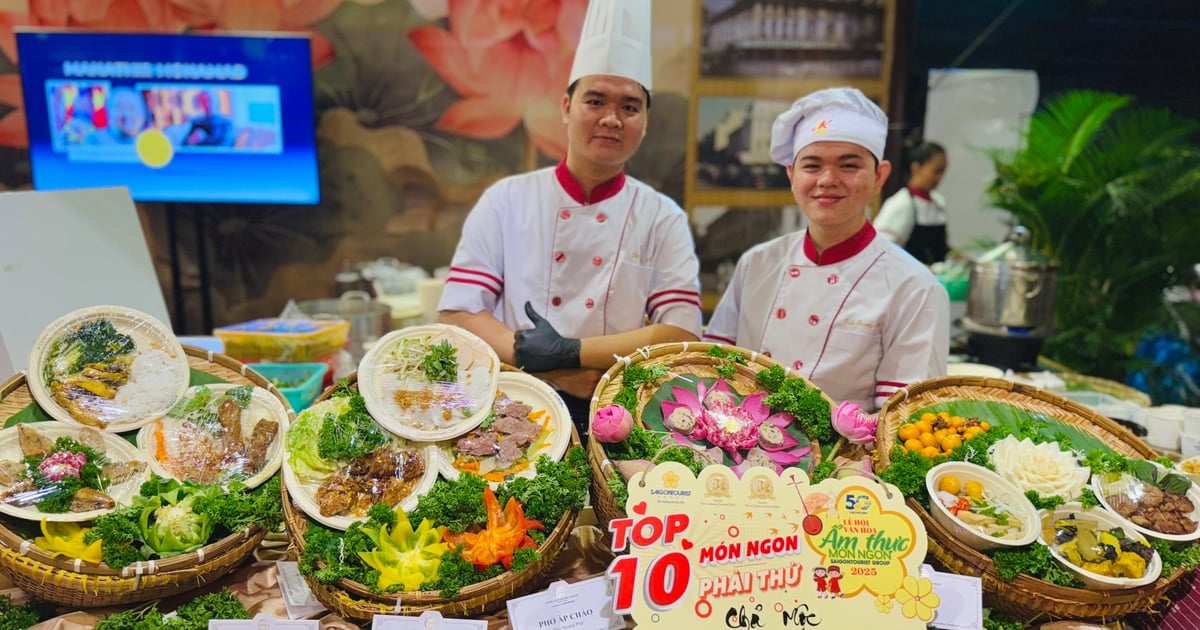





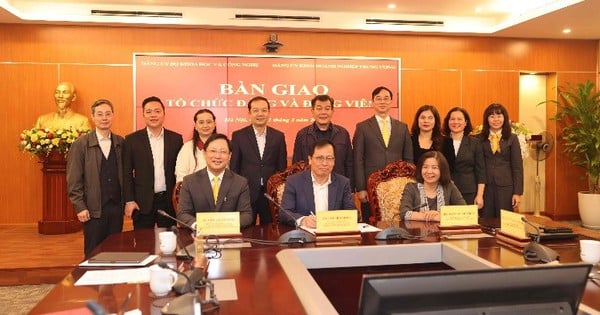

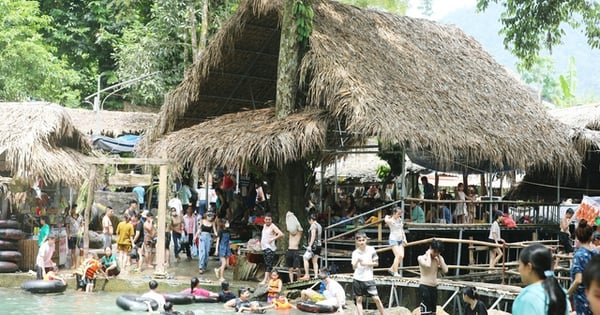
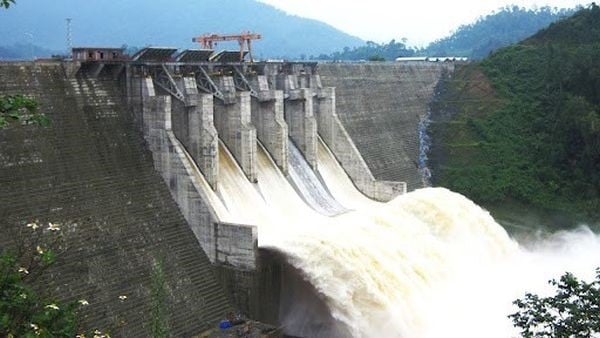

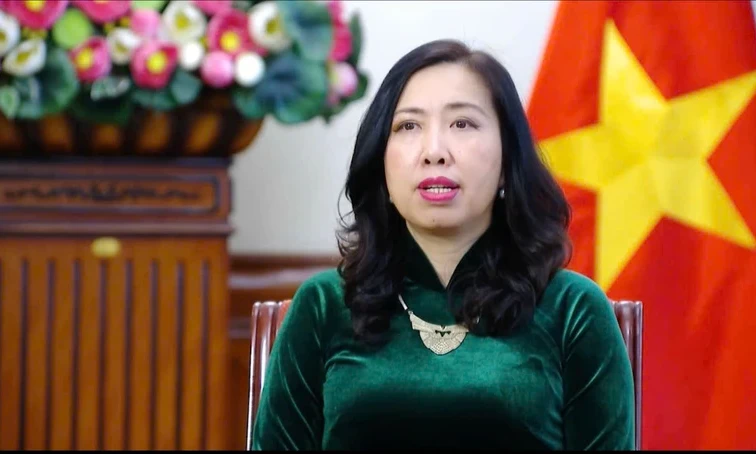
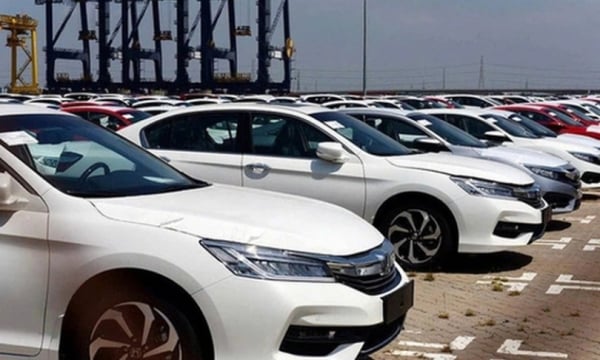





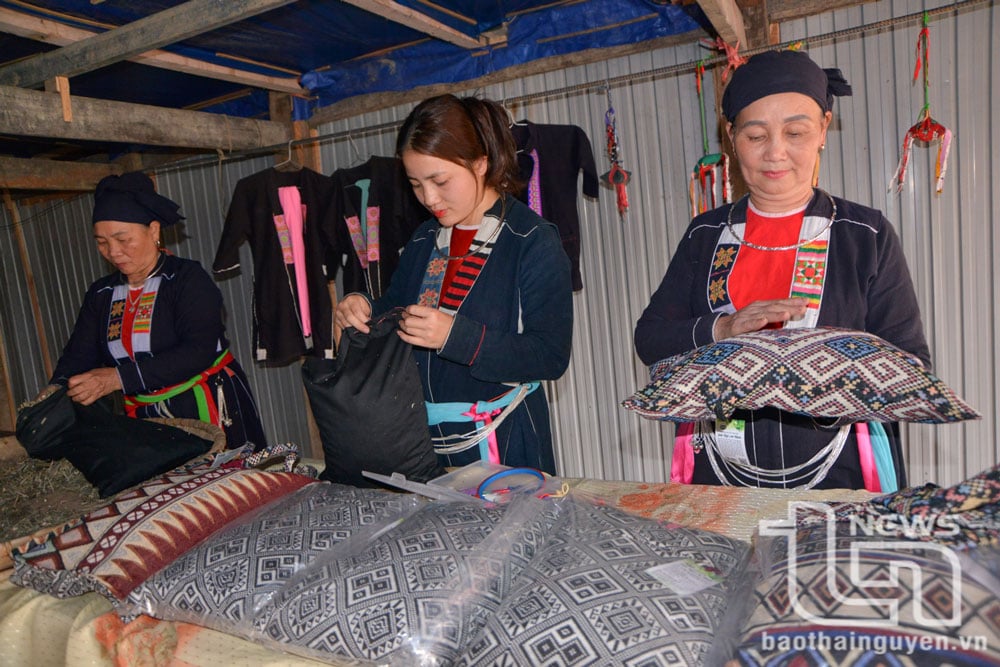



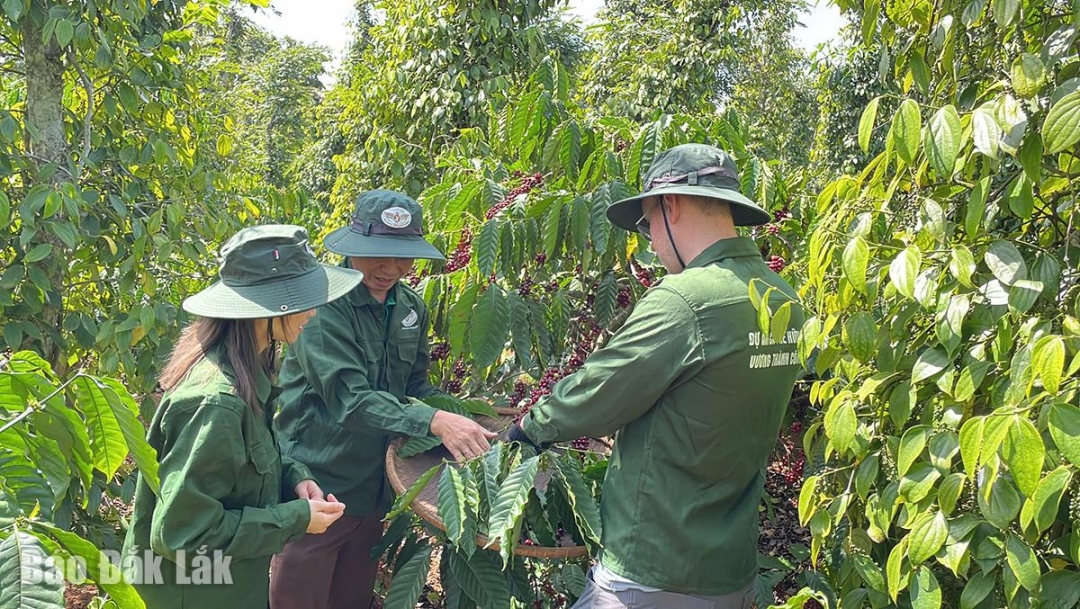

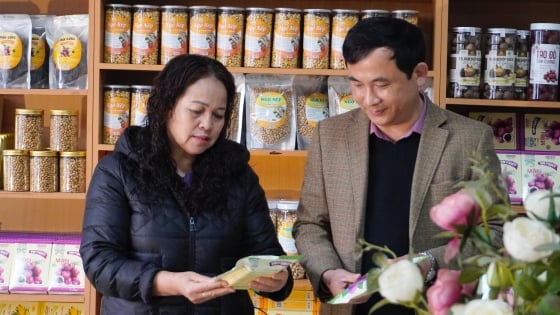

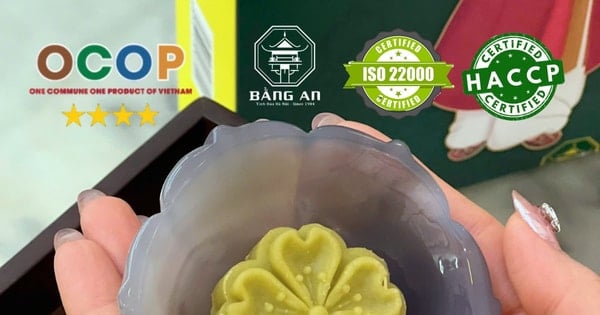

![[REVIEW OCOP] An Lanh Huong Vet Yen Cat](https://vstatic.vietnam.vn/vietnam/resource/IMAGE/2025/3/27/c25032328e9a47be9991d5be7c0cad8c)

Comment (0)